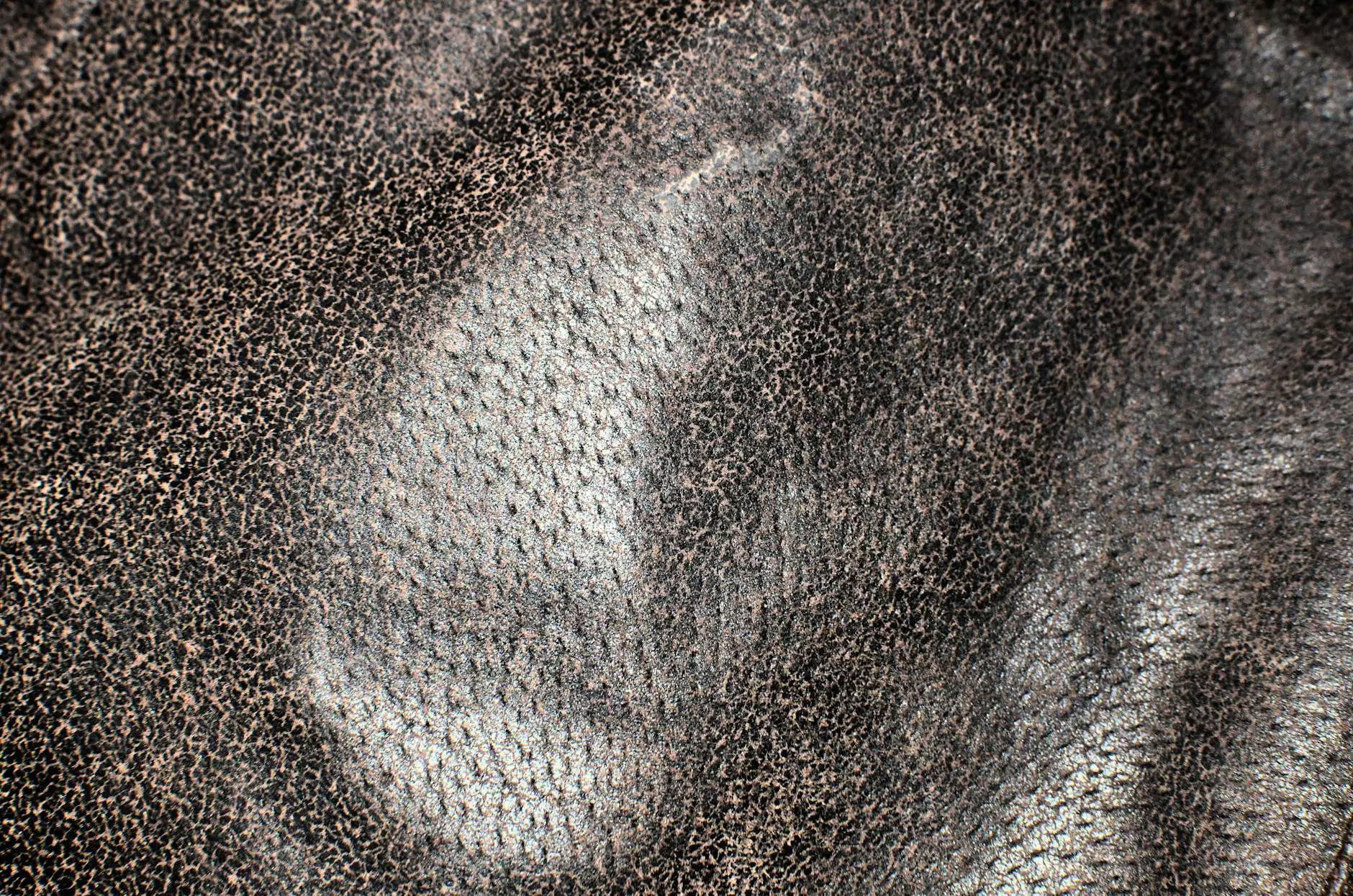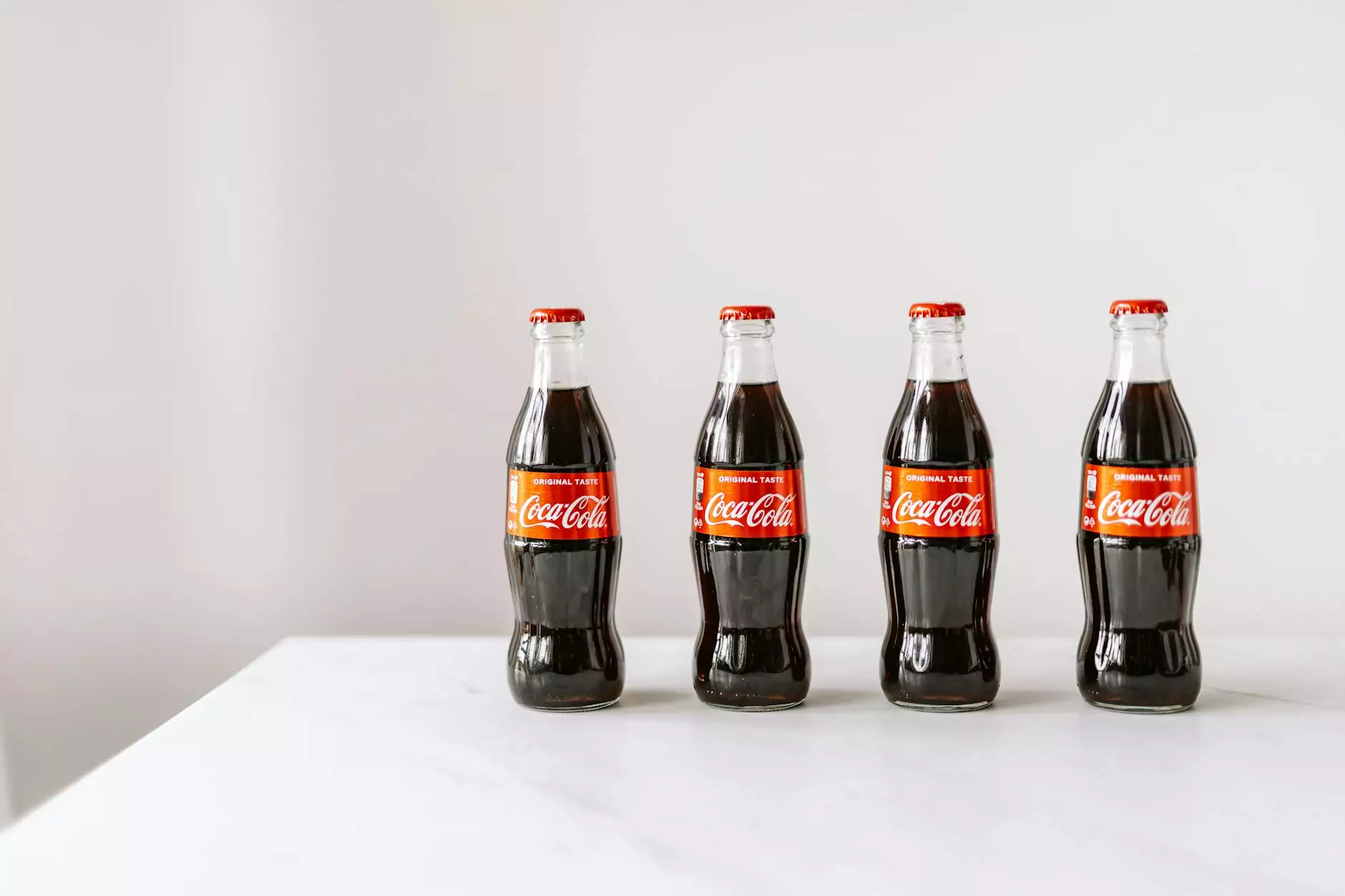Comprehensive Guide to Dental Inlays: The Advanced Solution for Restoring Your Smile

When it comes to maintaining a radiant and healthy smile, choosing the right restorative dental treatment is vital. Among the numerous options available, dental inlays have emerged as a highly effective and aesthetically pleasing solution for repairing damaged or decayed teeth. This detailed guide explores the intricacies of dental inlays, highlighting their advantages, materials, procedure, and why they are an excellent choice for both functional and cosmetic restoration.
What Are Dental Inlays? An In-Depth Explanation
Dental inlays are custom-made restorative materials designed to fit precisely within the grooves of your teeth, extending into the biting surface but not across the cusps. They serve as a durable replacement for traditional fillings, especially in cases where decay or damage is extensive but not severe enough to require a crown. Unlike dental fillings that are directly placed into the cavity, inlays are fabricated outside the mouth in a dental laboratory and then bonded securely to the tooth during a subsequent appointment.
The Advantages of Choosing Dental Inlays Over Traditional Fillings
- Enhanced Durability: Crafted from materials like porcelain or composite resin, dental inlays are significantly more resistant to wear and fracture than standard amalgam or composite fillings.
- Superior Aesthetics: Made to match the natural color of your teeth, dental inlays provide a seamless appearance that preserves your natural smile.
- Preservation of Healthy Tooth Structure: Because they require less removal of the natural tooth compared to crowns, inlays help maintain more of your original tooth.
- Reduced Risk of Future Decay: The precise fit of dental inlays creates a tight seal, preventing bacteria infiltration and further decay.
- Longevity: With proper care, dental inlays can last 10-15 years or longer, making them a cost-effective long-term solution.
- Biocompatibility: Materials used in dental inlays are typically hypoallergenic, reducing the risk of allergic reactions.
When Are Dental Inlays the Right Choice?
Dental inlays are an ideal choice in situations such as:
- Moderate to large dental decay where a composite filling would not be sufficient or durable.
- Replacement of old, worn, or fractured amalgam or composite fillings.
- Repairing minor cracks or fractures in the tooth structure.
- Enhancing the structural integrity of a weakened tooth in preparation for further restorative work.
The Materials Behind Dental Inlays: Choice of Options
Choosing the right material for your dental inlays is crucial to ensuring durability, aesthetics, and biocompatibility. The most commonly used materials include:
Porcelain
Porcelain inlays are favored for their exceptional natural appearance, mimicking the translucency and color of natural teeth. They are highly resistant to staining and can be precisely shaded to match surrounding teeth, making them an excellent choice for visible areas of the mouth.
Composite Resin
Composite resin inlays are a versatile and cost-effective option. They can be directly bonded in the clinic, reducing the time needed for fabrication. Modern composites have improved strength and aesthetic qualities, suitable for back teeth and less visible areas.
Gold
Though less common today, gold inlays offer unmatched durability and strength. They are biocompatible and can last for decades with proper maintenance. However, their metallic appearance makes them less popular for visible teeth.
The Step-by-Step Procedure for Placing Dental Inlays
Understanding the process involved in dental inlays can reassure you about their effectiveness and precision. Typically, the procedure involves the following stages:
1. Initial Consultation and Examination
Your dentist conducts a detailed examination, including X-rays, to assess the extent of decay or damage. This enables precise planning for the treatment.
2. Tooth Preparation
The dentist administers local anesthesia to numb the area. They then remove the decayed or compromised tissue, shaping the tooth to accommodate the inlay comfortably.
3. Impression Taking
A detailed impression of your prepared tooth is taken using advanced digital intraoral scanners or traditional materials. This impression acts as a mold for fabricating the dental inlay.
4. Fabrication of the Inlay
The impression is sent to a skilled dental laboratory where the dental inlay is carefully crafted from the selected material, ensuring an exact fit and natural appearance.
5. Temporary Restoration
While the permanent inlay is being fabricated, a temporary filling may be placed to protect the prepared tooth.
6. Bonding the Inlay
During the follow-up appointment, the dentist will check the fit, polish it, and then securely bond the dental inlay using high-quality dental adhesives. Final adjustments ensure comfort and proper bite alignment.
Post-Procedure Care and Maintenance of Your Dental Inlays
Maintaining your dental inlays is straightforward with proper oral hygiene practices:
- Brush at least twice daily with fluoride toothpaste to prevent plaque buildup.
- floss every day to remove debris and prevent bacterial proliferation around the restoration.
- Attend regular dental check-ups, ideally every six months, for professional cleaning and assessment.
- Avoid biting hard objects like ice or nuts, which could damage the inlay.
- Limit consumption of staining foods and beverages such as coffee, tea, and red wine to maintain aesthetics.
The Longevity and Potential Complications of Dental Inlays
Properly cared for, dental inlays can last over a decade. Their durability depends on the material used, the location of the tooth, and your oral hygiene habits. Common issues that may arise include sensitivity, minor chipping, or the need for replacement after many years.
Why Choose Kensington Dental Studio for Your Dental Inlays? Expertise and Excellence
At Kensington Dental Studio, we prioritize personalized care, state-of-the-art technology, and exceptional artistry in restorative dentistry. Our experienced dental team specializes in providing highly aesthetic and durable dental inlays, tailored to restore both function and beauty seamlessly.
- Advanced Technology: We utilize the latest digital impression and CAD/CAM systems to design and produce precise, high-quality inlays.
- Customized Treatment: Every inlay is meticulously crafted to match your unique dental anatomy and aesthetic preferences.
- Comprehensive Care: From initial consultation to aftercare, our team ensures comfort, safety, and long-term satisfaction.
- Affordable Excellence: We offer competitive pricing and flexible payment options to make high-quality restorative dentistry accessible.
Conclusion: Restoring Your Confidence with Durable and Natural-Looking Dental Inlays
Choosing dental inlays is a forward-thinking decision that combines technological innovation with aesthetic excellence. They not only restore your damaged teeth with lasting durability but also preserve your natural smile's beauty. For residents of Kensington and surrounding areas, Kensington Dental Studio is dedicated to delivering exceptional results through personalized treatment plans utilizing the best materials and techniques.
Invest in your oral health today by exploring your options with our expert team. Experience the confidence of a healthy, beautiful smile reinforced by the unparalleled strength and aesthetics of dental inlays.
Contact Us for Expert Consultation on Dental Inlays
Ready to enhance your smile's function and appearance? Contact Kensington Dental Studio today to book your consultation. Our friendly team is here to guide you through every step towards a healthier and more confident smile.









